Software as a Service (SaaS) has become an essential part of how modern businesses operate. However, with the vast amount of sensitive data being stored and processed in the cloud, it has also become a prime target for cyberattacks. As such, ensuring proper security measures are in place is essential to protect both companies and their customers from data breaches, intellectual property theft, and other cyber threats. This is where SaaS Security Posture Management (SSPM) comes in.
SSPM is a risk management approach that enables organizations to continuously monitor and manage their SaaS and cloud-based security posture. It enables companies to maintain a secure and compliant posture by providing them with crucial security-related data and insights to help them make informed decisions.
In essence, SSPM is a holistic security approach that considers all aspects of cloud security, including network security, application security, identity and access management, data protection, and compliance. It is achieved through the deployment of various tools and technologies, which work in concert to provide a comprehensive view of an organization’s SaaS environment.
The Benefits of SSPM
- Improved visibility: SSPM provides companies with an accurate and up-to-date view of their entire SaaS environment, including all applications, users, devices, and data. This visibility enables organizations to detect potential vulnerabilities and threats in real-time, allowing them to take immediate corrective action.
- Enhanced security: Implementing SSPM helps companies improve their overall security posture significantly. They gain insights into their system’s strengths and weaknesses, which they can use to identify and remediate security gaps. SSPM can also help to streamline security operations to prevent errors and security incidents.
- Compliance: In today’s highly regulated business environment, compliance is vital. SSPM helps organizations enforce compliance with policies and procedures in real-time, thus avoiding non-compliance risks that can expose them to legal, financial, and reputational risks. It also ensures that data protection and privacy regulations are being adhered to when collecting, storing, and processing data.
- Cost-effective: SSPM is cost-effective because it eliminates the need for manual compliance checks, audits, and various other security-related activities. The automated approach reduces costs and prevents errors that could negatively impact the organization. Additionally, SSPM enables companies to be more efficient in detecting and addressing issues immediately, reducing remediation costs.
Challenges of SSPM
- Complexity: The primary challenge when implementing SSPM is complexity in managing multiple SaaS vendors and their security controls. This means companies may have to work across different platforms, which can make managing their security posture more complex.
- Aggregation of data: To achieve the desired level of visibility, organizations require a robust mechanism for aggregating various data from different sources. Correlating data from multiple SaaS tools can be a significant challenge.
- The rapid pace of technological change: SSPM tools must keep pace with the latest advancements in the SaaS environment. This means that SSPM tools must continually evolve and adapt to new threats, making it challenging to keep up with the latest threats and countermeasures.
SSPM is a critical aspect of cloud security, and it ensures that companies can maintain a secure, compliant, and cost-effective SaaS environment. However, to achieve success, it requires that organizations establish a robust governance program and a centralized management strategy to ensure that all their SaaS vendors comply with security policies and industry-specific regulations. Additionally, companies must continually assess their security posture and adjust their strategy accordingly to ensure that they keep pace with the ever-evolving security landscape. Ultimately, it is only when SSPM becomes a cornerstone of a comprehensive cloud security strategy that companies can fully tap into the potential of SaaS to drive innovation and growth confidently.
ADAPTIVE-SHIELD
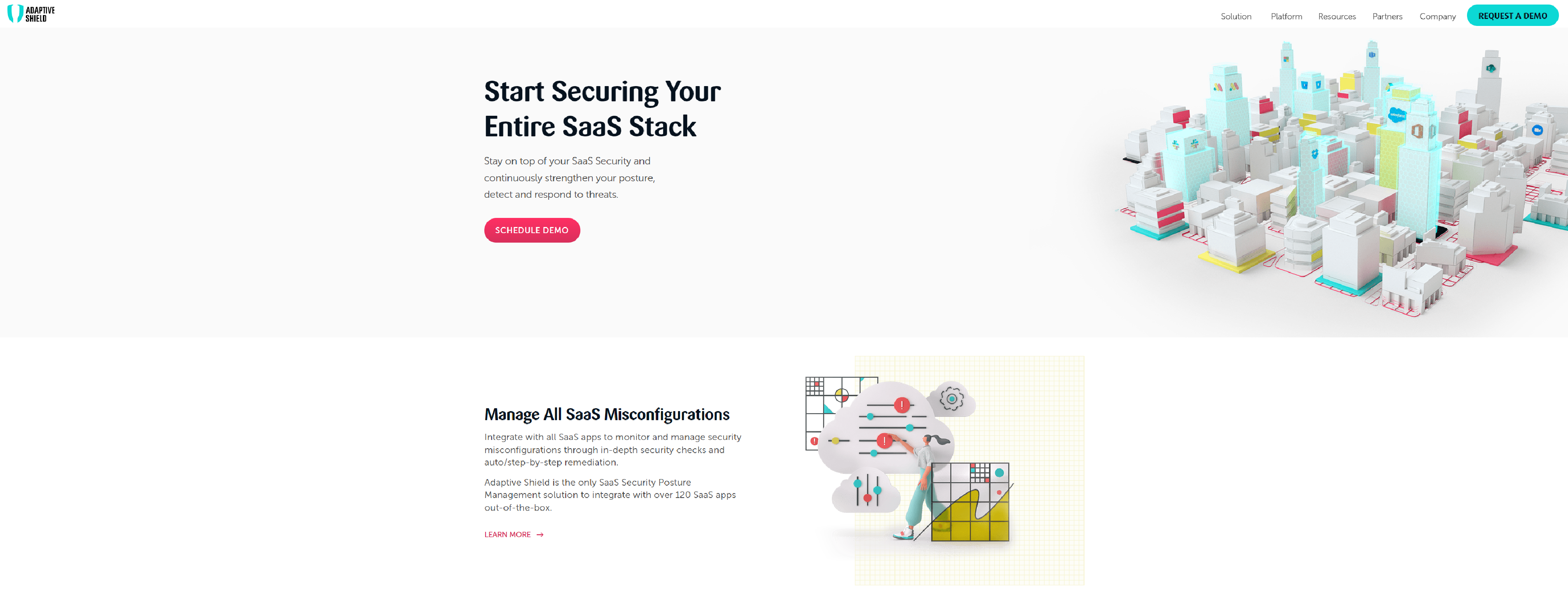
Gain control of your SaaS Security with Adaptive Shield, the best-of-breed SSPM to ensure the highest SaaS security hygiene for your organization.
- Manage All SaaS Misconfigurations
- Detect & Control SaaS-to-SaaS Connected Apps
- Govern Identity & Access Management
- Manage SaaS Risks Deriving from User Devices
- Detect and Respond to Threats
NETSKOPE
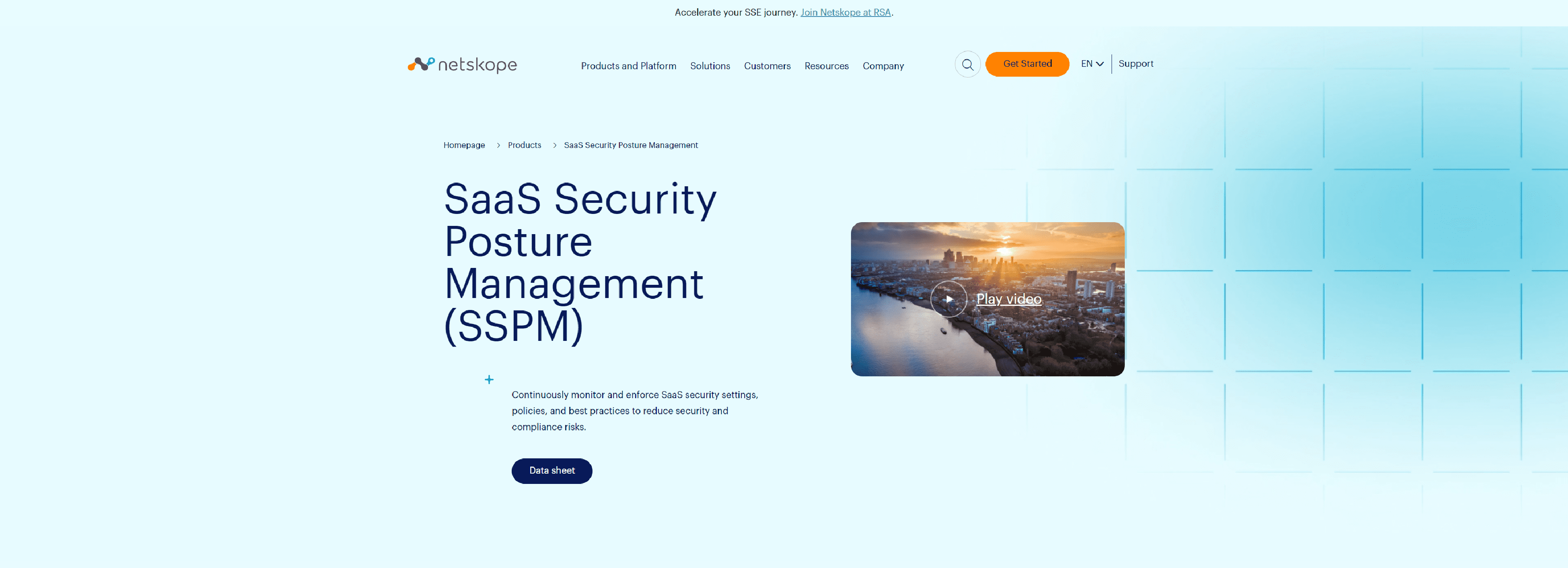
Netskope SSPM continuously enforces SaaS security policies, best practices, prevents configuration drift, and ensures compliance.
- Netskope SSPM uniquely supports a wide range of SaaS app APIs to quickly close security gaps.
- Netskope SSPM works seamlessly with Netskope CASB, NG-SWG, DLP, ZTNA, CFW, RBI, and Advanced Analytics, all delivered on one platform, one console, one policy engine, and one client
- SSPM is just one of many services delivered from Netskope NewEdge, our global security private cloud that is built from the ground up for maximum performance and service resilience
FORTINET
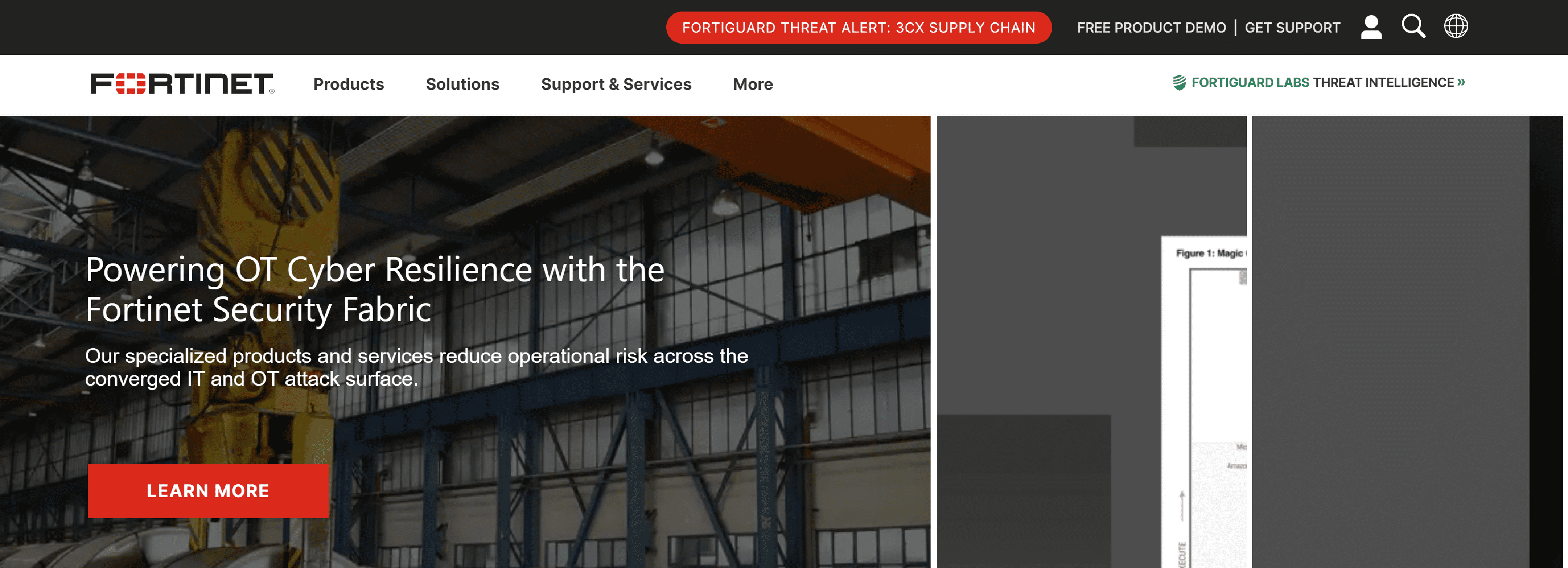
FortiGuard CASB service accomplishes what SSPM does for your cloud applications while also protecting the rest of your cloud infrastructure.
- Range of Integrations
- Comprehensive and In-depth Security Inspections
- Remediation and Continuous Monitoring
- System Functionality
- Access, Discovery, and Control for Third-party Applications
- Device Posture Management
CYNET
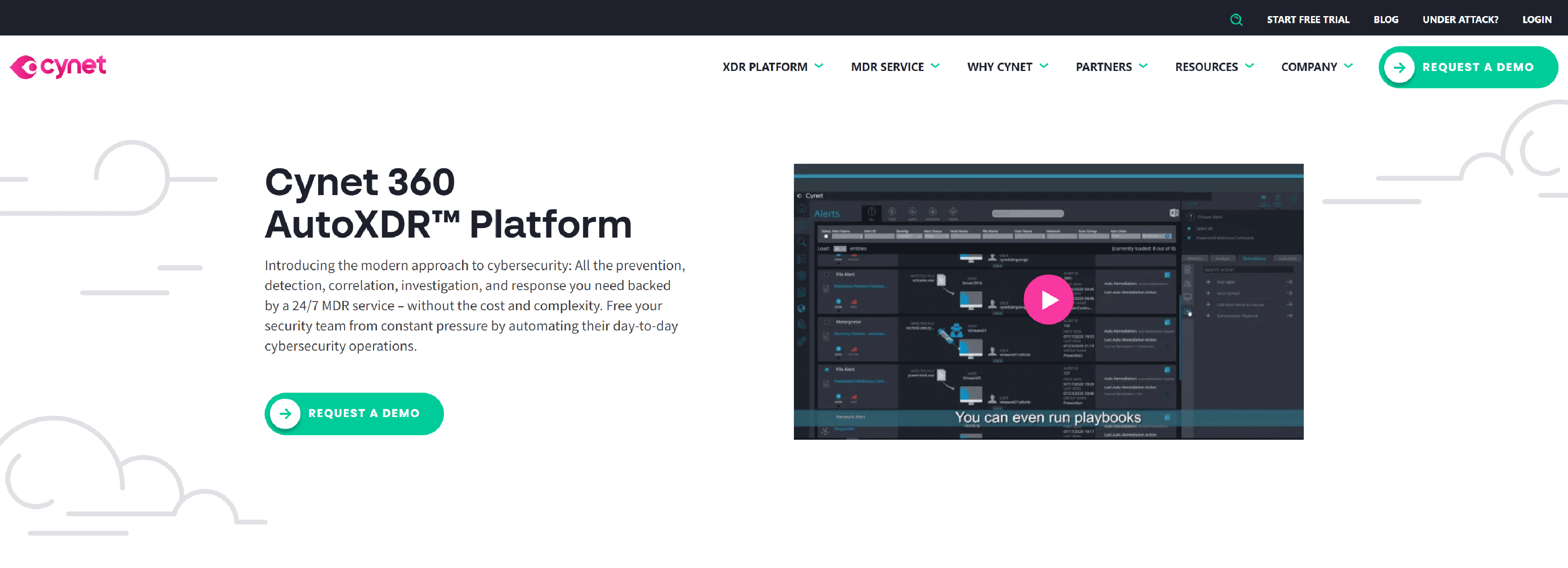
Cynet 360 AutoXDR automatically identifies, prioritizes and fixes security risks across leading SaaS applications. Using a simple dashboard, security administrators can immediately identify and prioritize SaaS security posture issues.
- See Everything
- Gain Oversight and Guidance
- Understand Context
- Reduce SaaS Risk
- Automate End-to-End
- Enjoy Affordable Protection
APPOMNI
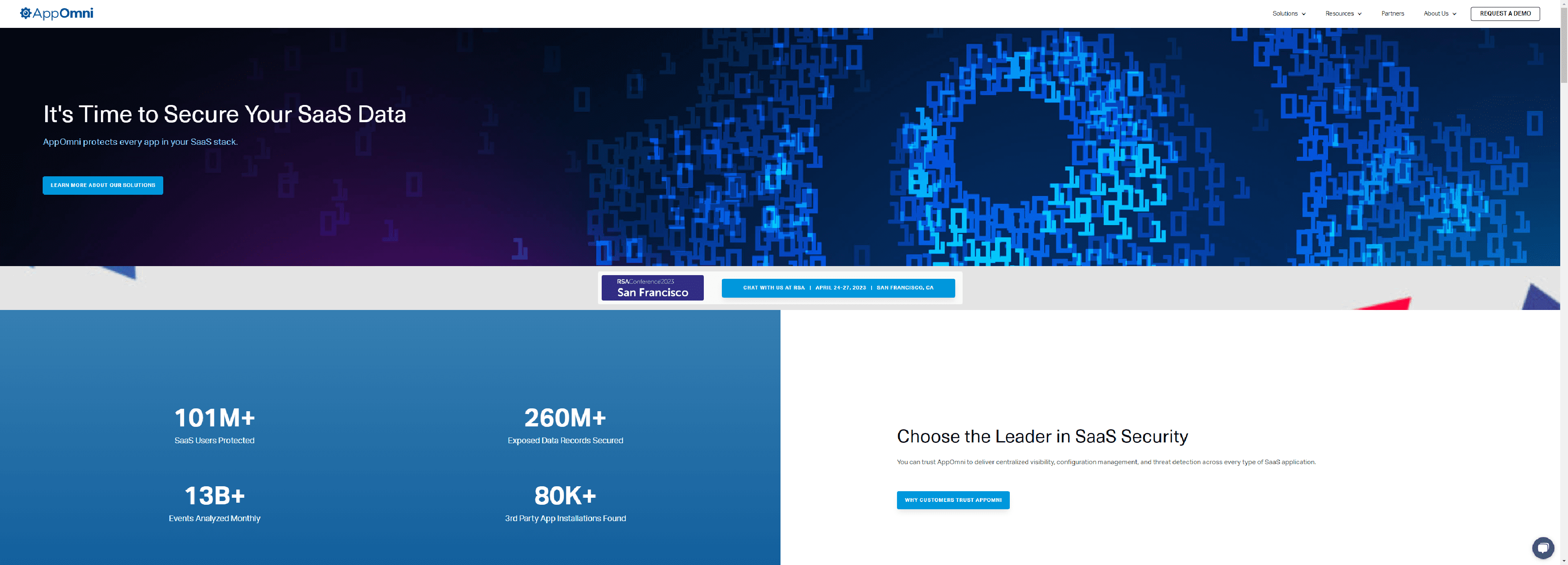
AppOmni’s SaaS Security and SSPM solutions give you visibility and automation to easily secure your SaaS data across all apps. Continuously monitor 3rd party apps, data access, security posture, and more.
- Configuration Management & Posture Management
- Continuous Monitoring and Detection
- DevSecOps
- Automated Workflows
- Governance & Risk Compliance
SPIN.AI
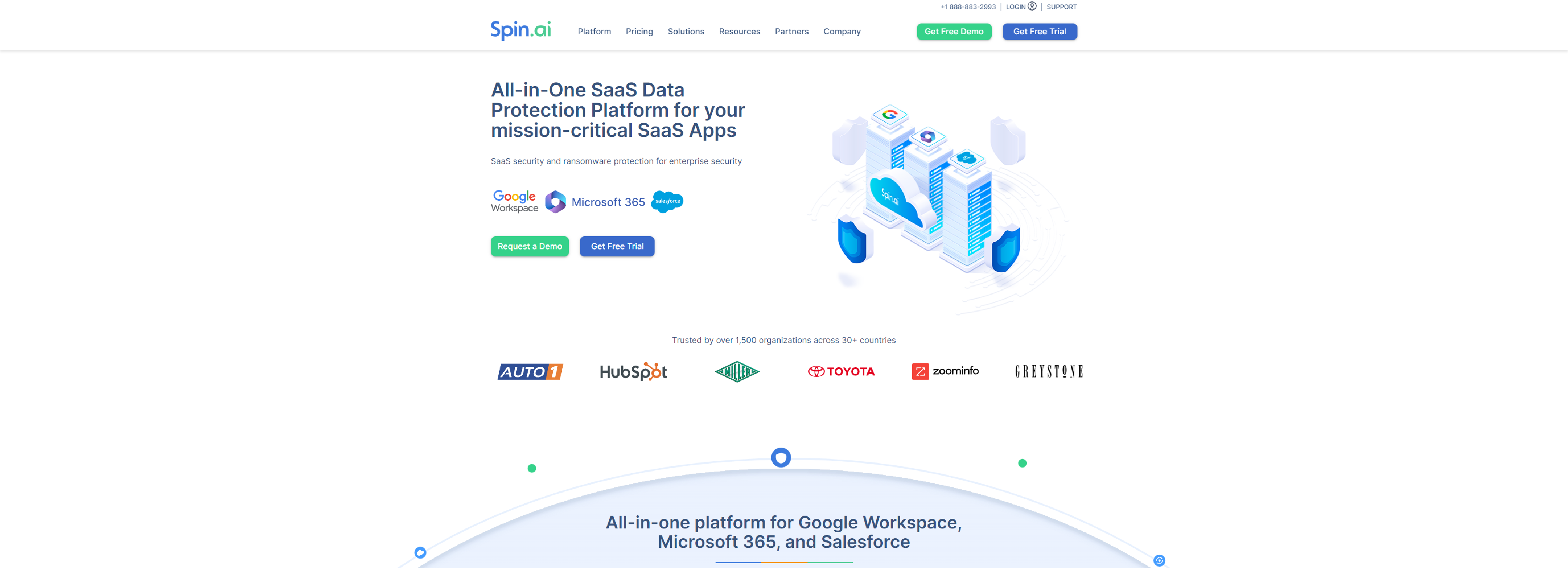
Spin enterprise data security with an All-in-One SaaS Data Protection Platform for Enterprise for Google Workspace, Microsoft Office 365, and Salesforce.
- Application monitoring
- Access management
- Security Policies
- Zero-day mitigation
- Compliance
- Alerts and reporting
ZSCALER
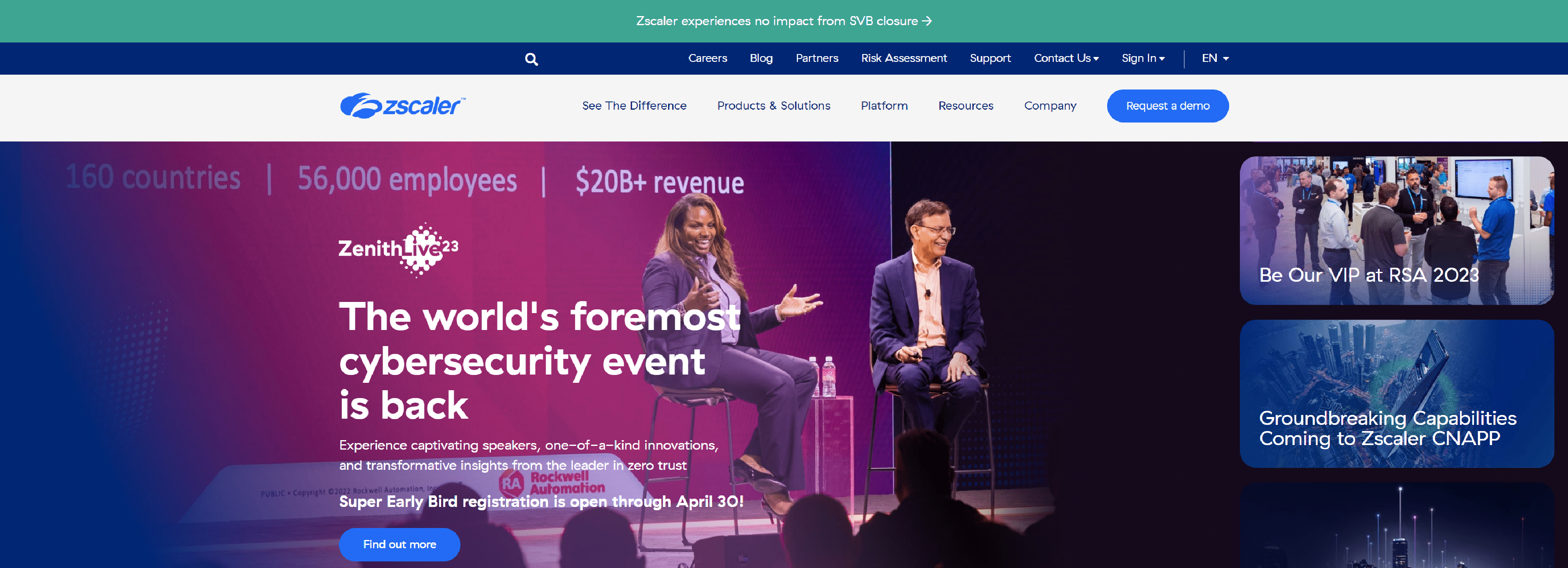
Zscaler, creator of the Zero Trust Exchange platform, helps you reduce business risk while enabling you to realize the promise of digital transformation.
- Predefined and customizable DLP dictionaries identify sensitive data within SaaS and public clouds like AWS
- Collaboration management functionality crawls apps for risky file shares and revokes them according to policy
- Cloud sandbox technology scans data at rest to identify and respond to zero-day malware and ransomware
- SSPM, CSPM, and CIEM evaluate SaaS and IaaS configurations and permissions to remediate issues automatically
OBSIDIANSECURITY

Obsidian – proactively protect your SaaS applications from compromise and breaches with continuous visibility and monitoring, access right-sizing and configuration management.
- Access and Privileges
- Access and Privilege Risks
- Active vs Inactive Accounts
- Configuration Management
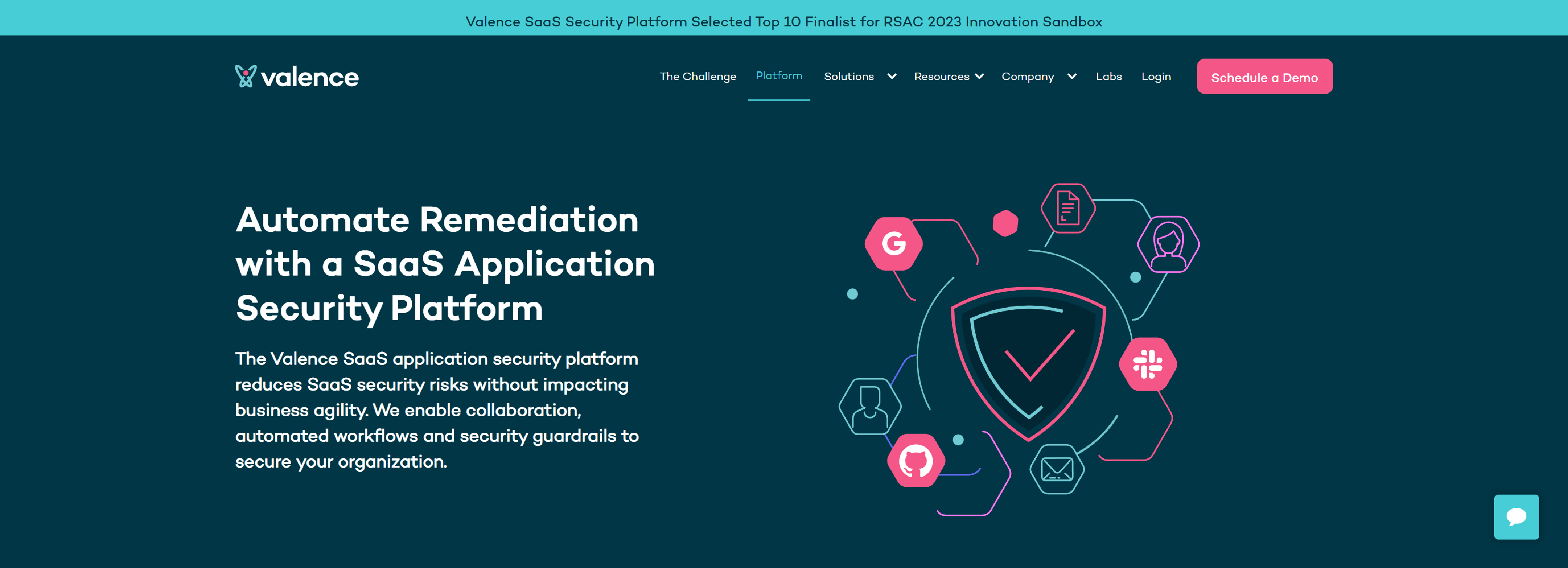
Valence Security is the first company focused on automating the security and governance of non-human SaaS-to-SaaS third-party integrations with business-critical SaaS applications.
- Attack Surface Reduction
- Empower Business Users
- Enable Business Productivity
- Minimize Security Overhead
- Immediate Time to Value
PALOALTONETWORKS

Natively integrated with Palo Alto Networks NG-CASB for complete security of SaaS apps and data.
- Exploding SaaS usage
- Tricky misconfigurations
- Inadequate protection from CASBs